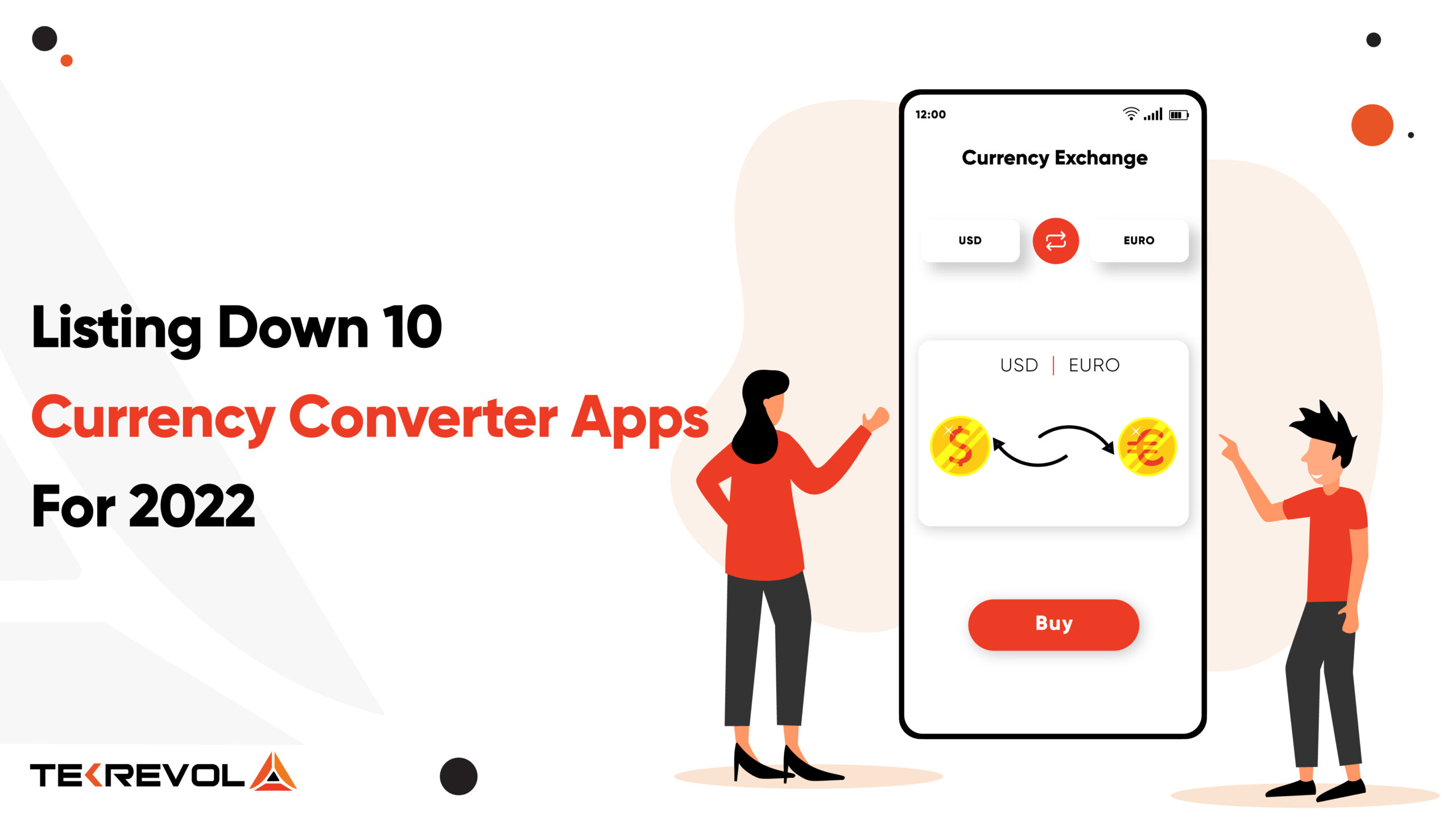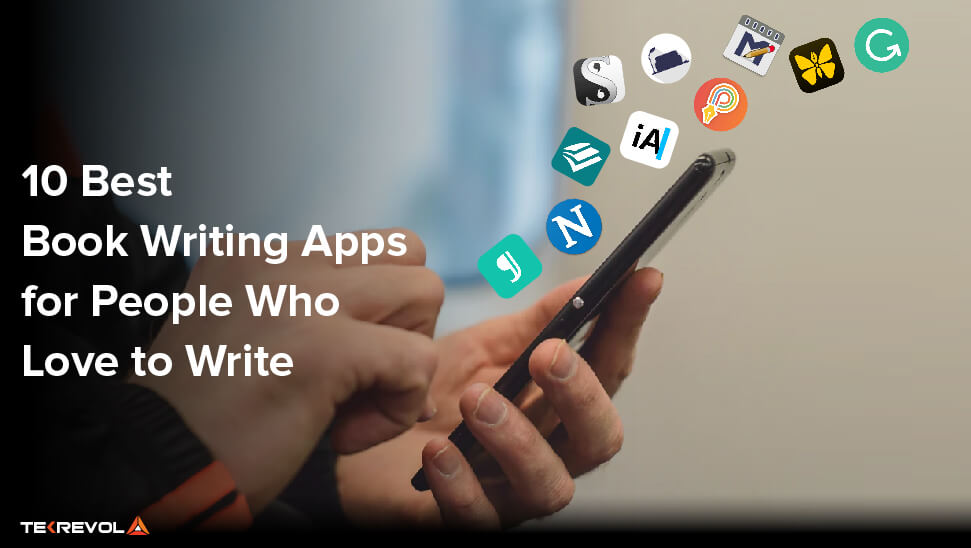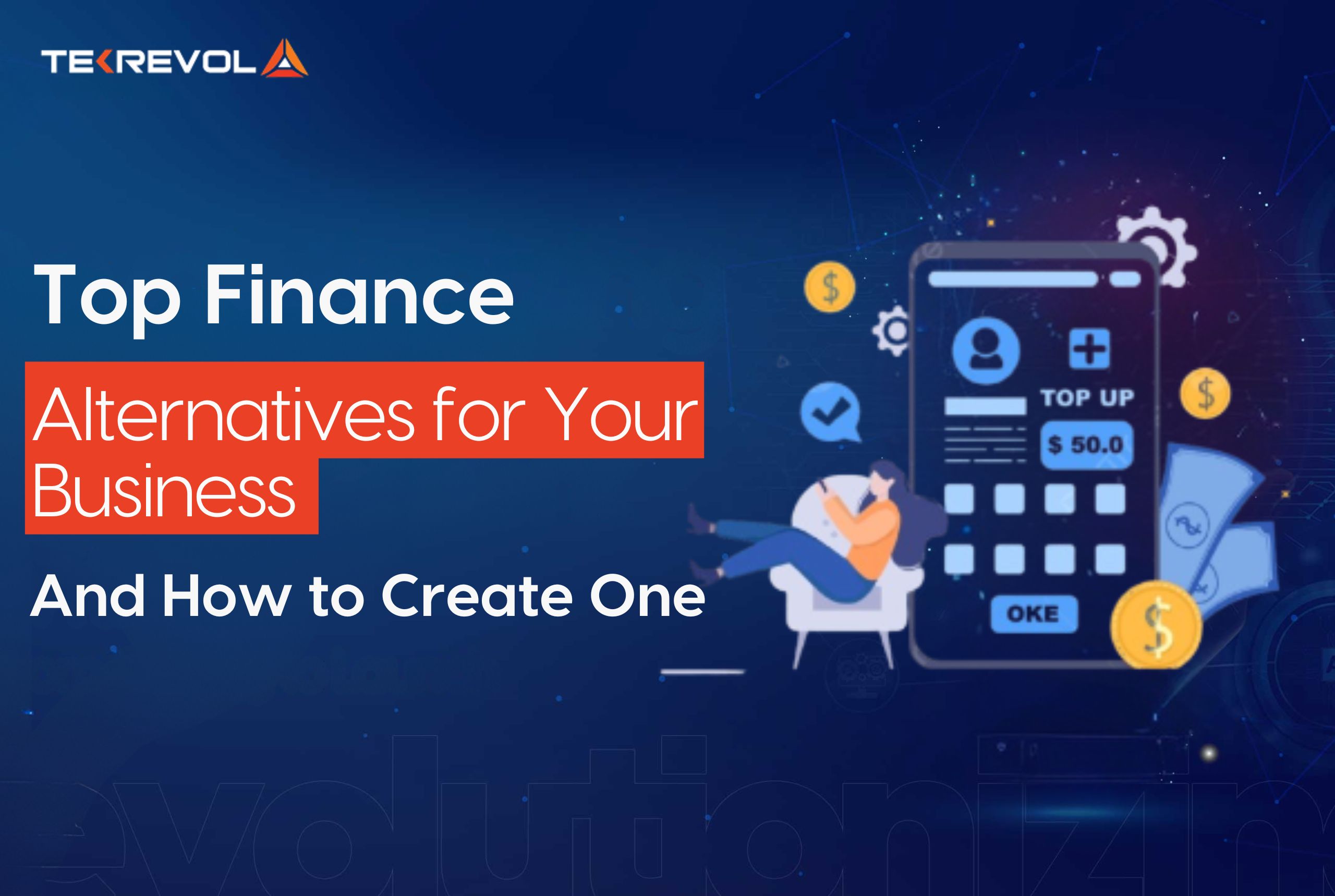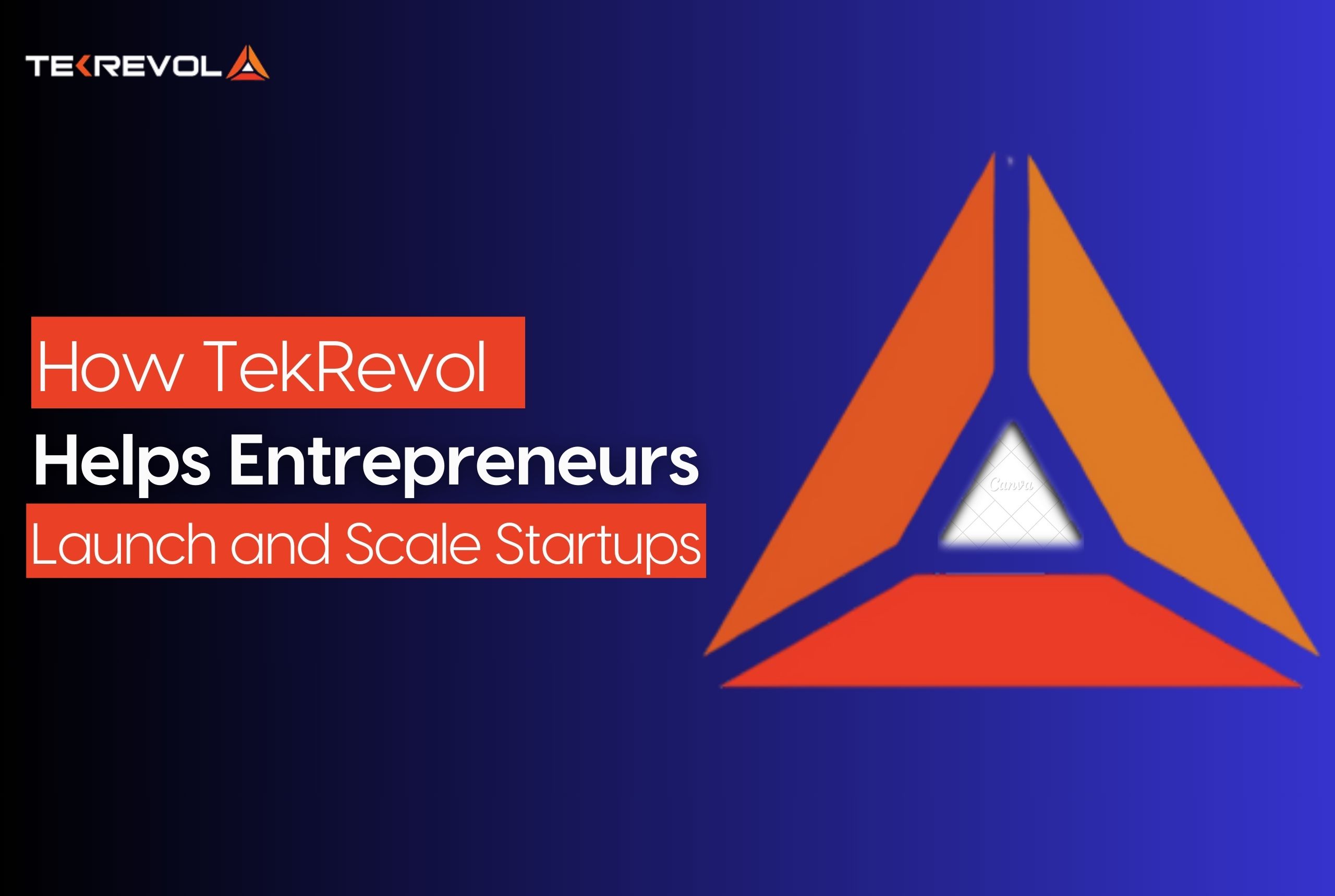Whether you are planning to build a mobile app or a website, your development process will completely change the success chances of the product in the marketplace. The tech world is growing faster than most of us can keep up. Hence, you must adapt to emerging technologies and development practices to build an app or website that stands its ground around modern tech solutions.

Source: Hackernoon
When you are open to learning and improving the development process through advanced technologies and tools across the stages of development, it helps you build a more user-centric product.
Learn more about ten growth-hacking strategies that help you increase app downloads.
At Tekrevol, we produce technology-enabled solutions that aim to solve business problems while creating compelling experiences. We structure and employ a variety of techniques during the development process to make it all happen. Few of our tactics are intensive, like information architecture processes and ethnographic research, and others are based on our organization principles and values.
Our innovative and collaborative approach is what sets us apart in the market, whether our team is working on a web or mobile product, we are highly driven to create unparalleled user experience to make our clients stand out.
In this blog, we will talk about how you can spur innovation and revolutionize your digital product using the five primary stages of the web or mobile app development process.

Research
Research is the initial and most important stage for any development project. Before you actually start with your technical analysis, we recommend to first cover the human element. Try to understand your client’s expectations and vision to be able to create the experience your mobile app must deliver.
Once you have established the client’s expectations, then evaluate the technology and functionality that’s required to meet these needs and determine the technically-enabled solution that you are attempting to create.
Moreover, lean startup methodology is coming through as the preferred approach of new-age entrepreneurs. It helps them involve prospective users initially to understand their behavior and gain more insights about the project. The learn startup approach highly increases the chance of success and reduces the risk associated with investing.

Ideation
Once the client’s expectations and needs are understood, and research into the technical aspect of the project is complete, the creative process begins.
In the stage of ideation, developers get their ideas churning, and they may be new, revolutionary, or simple improvements on existing solutions. Regardless, the creative team needs to continue analyzing the ideas and modernize them to come up with innovative solutions that satisfy the client’s vision and purpose.
Moreover, during this process, you may discover more needs that the client never knew existed, identify these unmet needs, and realize how they can add more value to the product.
The more efforts you put in at this stage, the more ROI you will attracting later. Find out how much money your app can make in 2020.

Design
The front-end process begins when you have selected all the ideas. Make sure to first start with a low-fidelity prototype using the information architecture process. These early, rough concepts will help you test product structures and workflows.
Next, you should work on a high-fidelity prototype that displays how the actual product will look and function by having the visual, interaction, and UI designers tweak the final low-fidelity mockup. Once you have studied these behaviors, the next step is to create a full-fledged interactive UX prototype for testing. Professionals use tools like Photoshop to facilitate developers back the functionality with a user-centric interface and journey.
Here is a list app UX design dos and don’ts, to help you keenly follow the best industry practices.

Development
As the design process completes, you can move to the development stage by creating a back-end solution that supports the front-end design. To bring innovation into your digital product, make sure you study and comprehend the data and behaviors collected during the design process and produce the final product that incorporates expert and user feedback.
With the right partnership, you can leverage advanced technologies like artificial intelligence, and machine learning, which will not only immensely upgrade the user experience, but it will also enable more high-end features and functionalities.
The mobile gaming industry is coming up with fantastic business opportunities for entrepreneurs and tech companies to earn higher revenue by backing their ideas with technologies like augmented and virtual reality. Check out the latest mobile game development trends and techniques that will you with your business ventures.

Testing and Iteration
Once your digital product is developed and launched with the client’s approval, then the iterative cycle of testing starts. The iteration process exists in all of the above stages, but it is also absolutely necessary following the launch.
While you gather post-launch performance analytics, you also revisit the client’s needs and ensure the solution covers every aspect. We stand by this process, and it helps you create lifelong clients and build cordial business relationships. As you have all the knowledge in hand, you can continue to work on the solution, further refine the features, and create additional functions that further improve the user experience.
Find out the best app security and testing tools that help you better adapt to the industry standards.

Wrap up
Regardless of what your client’s nature of the business is and whether you are working on a web or mobile product, you can rely on these primary five stages for any development process and spur innovation.

 3284 Views
3284 Views January 23, 2019
January 23, 2019









